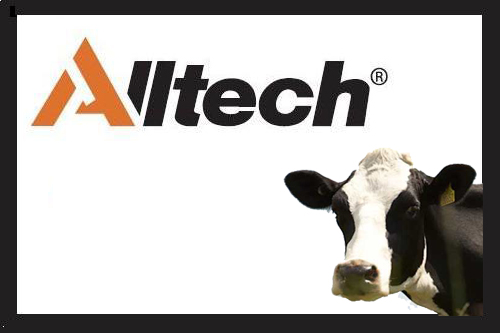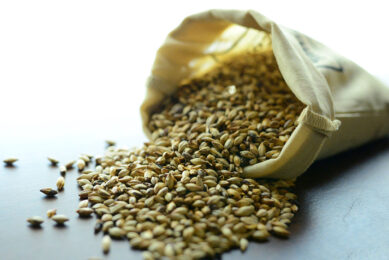Technology drives value for Chinese dairy farmers

Adapting the latest feeding technologies will be the key driver for Chinese dairy farmers in improving their production efficiency, concluded more than 240 industry leaders at the 3rd China Dairy Symposium.
Experts at the two-day event agreed that the biggest challenge for Chinese dairy producers in the next 10 years will come from increasing demand for milk, which will continue to outpace domestic supply. At the same time, they must meet the demands of more conscious consumers looking for high quality, safe milk products.
“I have a dream and my dream is that each Chinese person, especially the children, can afford to buy one jin [500 g] of milk to drink every day,” said former Chinese Premier Mr. Wen Jiabao in 2006. Mr. Wen’s dream for the 1.3 billion people in China to have safe, quality food has become a mandate for Chinese dairy companies. This vision was a focus at the recent China Dairy Symposium organized by global animal health and nutrition company, Alltech.
Mr. Steve Maddox, Chairman of the Board, National Dairy Promotion and Research Board, spoke of his decades of experience managing a highly successful dairy farm in Riverdale, California with the more than 240 Chinese dairy experts attending the event. “The best herd management comes from managers setting clear objectives and communicate on a weekly base and record and monitor results,” shared Maddox. He believes that the biggest challenge for dairy farmers is reducing feed costs (which make up 65% of total production costs) while increasing milk production at the same time.
Dr. Mary Beth de Ondarza, Dairy Nutritionist at Paradox Nutrition, identified two key factors for farm profitability and efficiency: maximizing rumen efficiency and nutrient digestion. Maintenance of a healthy rumen for maximum nutrient digestion and a high level of microbial protein yield are vital for optimal feed efficiency. Issues such as sub-clinical rumen acidosis need to be handled by paying attention to the total dietary starch and sugars, the speed of starch digestion, dietary fiber, as well as the amount of chewable fiber in the diet. Dr. Mary explained that increasing rumen microbial protein synthesis increases milk production by the use of carbohydrates and degradable protein.
One of the Dairy Symposium’s highlights was the panel debate chaired by Mark Lyons. Steve Maddox explained the challenge that large Californian dairy farms have been facing in recent years. He shared the story of a farmer who reformulated diets by lowering the nutrient content and adding alternative feed stuff in order to decrease the total cost of feed. The use of Optigen, a sustained release blended non-protein nitrogen source, has been proven to successfully “drip feed” the rumen bacteria throughout the day in a concentrated way.
Dr. Tyler Bramble, dairy expert from the United States, asked the audience to consider whether it is it possible to significantly reduce crude protein and maintain milk production. Bramble introduced another testimonial from California. A 4,250 cow dairy used Demp, a dietary escape microbial protein product, in a reformulated diet, resulting in a relevant savings of .06 cents per head per day. The farmer also saw an increase in milk production from 76.1 to 79.7, an increase in milk fat from 3.57% to 3.60% and an increase in non-fat solids from 8.69 to 8.71 while keeping milk protein constant at 3.1%.
Mr. Robert Erhard, Director of Corporate Fresh Milk and Agricultural Service, Nestlé, Greater China Region, introduced Nestlé’s recent $396 million investment in building the Dairy Farming Institute, a world class dairy training centre in Shuangcheng, Heilongjiang province. With this unique project, Nestlé is aiming to become China’s reference for dairy farming management. The world’s largest food company is working close with partners such as Alltech, who will provide its worldwide network of dairy experts and will be responsible for holding educational services about nutrition to students, visitors and farmers.
In his closing presentation, Dr. Mark Lyons identified the five biggest challenges of today’s Chinese dairy industry: cost of production, fertility, rumen health, lameness and mycotoxins in feed or forage. In order to overcome these challenges and become profitable, producers need to change their perspective. “Our target now is 32,500kg of milk,” said Dr. Lyons. To make this goal reality, he urged the audience to adapt new technologies such as the use of alternative feed ingredients, algae and mycotoxin management in order to significantly increase the animal performance and profitability while reducing the cost of feed at the same time.
Join 26,000+ subscribers
Subscribe to our newsletter to stay updated about all the need-to-know content in the feed sector, three times a week. Beheer
Beheer









 WP Admin
WP Admin  Bewerk bericht
Bewerk bericht